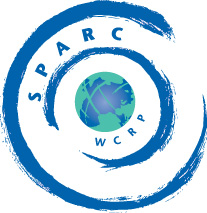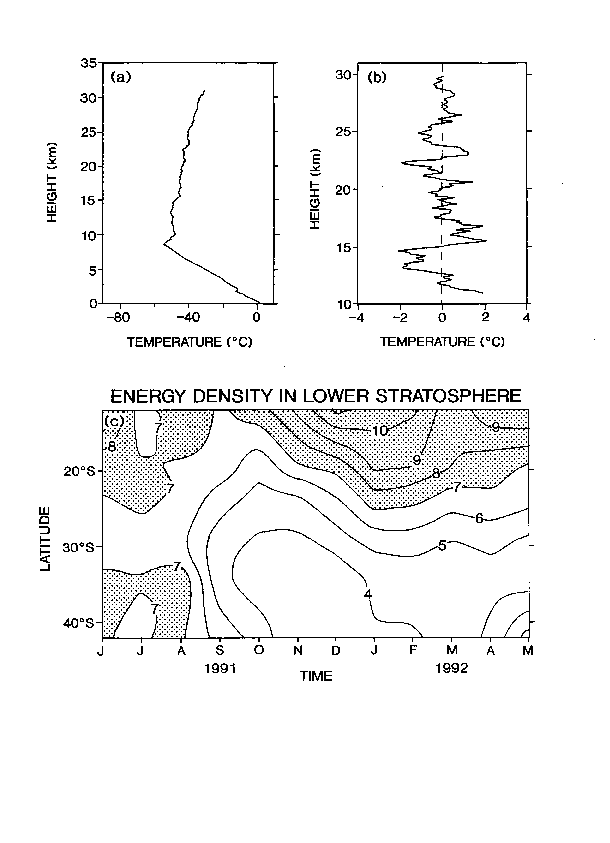 |
Stratospheric Processes And their Role in Climate
|
||||||||
| Home | Initiatives | Organisation | Publications | Meetings | Acronyms and Abbreviations | Useful Links |
![]()
 |
Stratospheric Processes And their Role in Climate
|
||||||||
| Home | Initiatives | Organisation | Publications | Meetings | Acronyms and Abbreviations | Useful Links |
![]()
Gravity waves transfer momentum, heat and trace constituents between different layers of the atmosphere. It is therefore crucial to include gravity wave processes in global climate models if atmospheric winds and circulation are to be simulated realistically.
The SPARC Gravity Wave initiative has two main goals :
Also, a field campaign is proposed to characterise the gravity wave fields generated by tropospheric moist convection in the tropics : ETCE (Effects of Tropical Convection Experiment).
A detailed description of the activities and action plan of the SPARC Gravity Wave initiative are given in the SPARC Implementation Plan.

Results based on high-resolution operational temperature soundings
taken by the Australian Bureau of Meteorology. (Courtesy R. Vincent)
(a) A single temperature sounding taken at Macquuarie Island (54°S,
159°E) plotted at 50m resolution.
(b) The temperature perturbation obtained by high-passing the
raw data (note the change in scale on the verticl axis).
(c) Latitude and seasonal dependence of the energy density in
the lower stratosphere, determined from one year of operational
soundings over a network of Australian stations. Contour labels
are in J/Kg and shading denotes active regions with energy density
in excess of 7 J/Kg.
![]()
Report from Workshop on Gravity Wave Sources and Parameterizations, IUGG, Boulder, July 13, 1995.
Report from SPARC/WCRP NATO Advanced Research Workshop, Santa Fe, New Mexico, April 1996.
Report on the Gravity Wave Initiative,
K. Hamilton, SPARC Newsletter 9, July 1997.
Meteorological measurements on ozonesonde ascents: a valuable
resource for stratospheric climatology,
K. Hamilton, SPARC Newsletter 9, July 1997.
The Gravity Wave Parameterisation Problem for Global Simulation
Models,
K. Hamilton, SPARC Newsletter 12, January 1999.
![]()
Last update: March 28, 2001